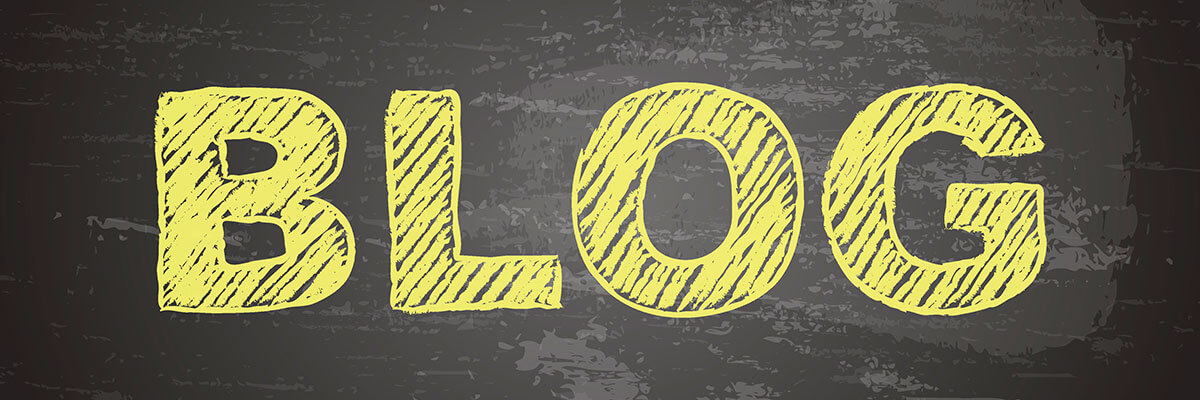Common Characteristics of Spam Calls
- Robocalls: Pre-recorded messages that play automatically when answered.
- Caller ID Spoofing: Fake or misleading numbers that appear local or trusted.
- Unwanted Sales Calls: Promotions or offers not relevant to the recipient or made without consent.
- Scam Attempts: Calls pretending to be from banks, government agencies, or tech support to trick people into giving information or money.
- High Volume: Repeated calls from the same or rotating numbers in a short time frame.
How Spam Calls Affect Contact Centers
- Wastes Agent Time: Agents spend time answering calls that lead nowhere.
- Increases Call Queue Length: Genuine customers may face longer wait times.
- Skews Call Metrics: Spam calls distort performance data like call volume and abandonment rates.
- Reduces Customer Trust: Customers may avoid answering calls if they suspect spam, hurting legitimate outreach efforts.
- Triggers Call Blocking: Carriers may mark outbound numbers as spam if flagged repeatedly, reducing contact success.
How to Manage Spam Calls in Contact Centers
- Use Spam Detection Tools: Implement software that filters or blocks suspected spam calls before they reach agents.
- Monitor Number Reputation: Check whether spam filters or call-blocking apps flag outbound numbers.
- Educate Agents: Train staff to identify and report spam activity to management.
- Limit Outbound Attempts: Avoid over-dialing customers or using aggressive tactics that could result in spam complaints.
- Follow Compliance Guidelines: Adhere to laws like the Telephone Consumer Protection Act (TCPA) to avoid being labeled as spam.

